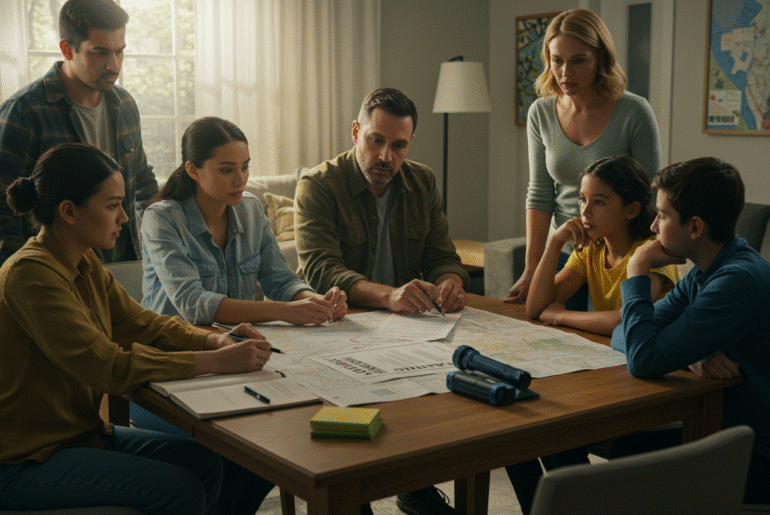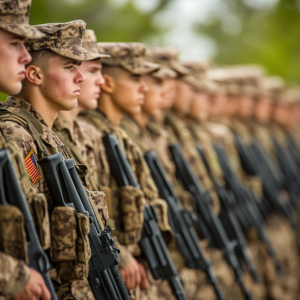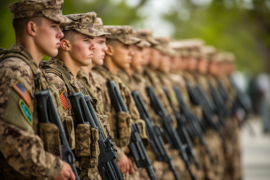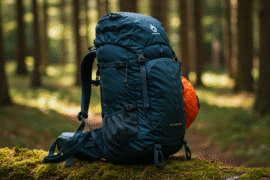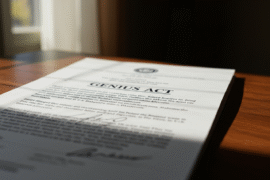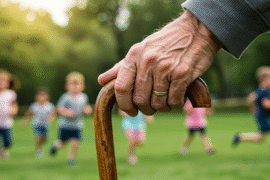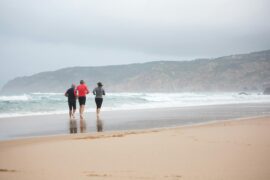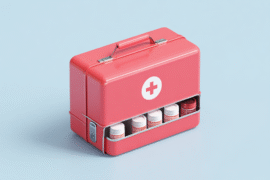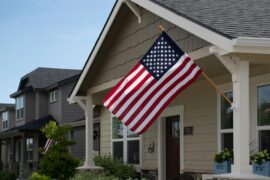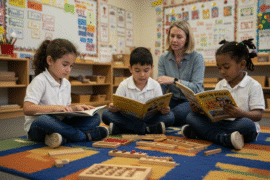This article may contain references to products or services from one or more of our advertisers or partners. We may receive compensation when you click on links to those products or services. Nonetheless, our opinions are our own.
The information presented in this article is accurate to the best of our knowledge at the time of publication. However, information is subject to change, and no guarantees are made about the continued accuracy or completeness of this content after its publication date.
Recognize Neighborhood Hazards
Build an Emergency Kit
Create a Family Roadmap
Voted "Best Overall Budgeting App" by Forbes and WSJ
Monarch Money helps you budget, track spending, set goals, and plan your financial future—all in one app.
Get 50% OFF your first year with code MONARCHVIP
Practice Emergency Drills
Keep Updated and Prepare
Family Disaster Preparedness Checklist
- Know risks: Identify local hazards and review risk maps.
- Build a kit: Pack food, water, medicine, and essentials for 72 hours.
- Plan routes: Escape routes and designate meeting spots.
- Stay connected: Choose an out-of-state contact.
- Run drills: Practice fire and disaster routines regularly.
- Review often: Update plans and supplies at least annually.
FAQs
How often should a family disaster plan be updated?
- It should be reviewed yearly and after major life changes such as moving, new family members, or health needs. Supplies and contacts must be refreshed as part of each update.
What is the minimum emergency supply duration?
- FEMA and the Red Cross recommend at least 72 hours of food, water, and supplies per person. Longer storage may be necessary in high-risk areas with slow response times.
Should pets be included in my disaster plan?
- es. Pets require food, water, medicine, and records stored alongside the family kit. Pet-friendly shelters and transportation options should be researched in advance.
What communication options should be included in the plan?
- Families should select an out-of-state contact and plan for multiple methods such as texts, calls, and radios. Printed contact lists should be kept in case devices fail.
Final Thoughts

Reviewed and edited by Albert Fang.
See a typo or want to suggest an edit/revision to the content? Use the contact us form to provide feedback.
At FangWallet, we value editorial integrity and open collaboration in curating quality content for readers to enjoy. Much appreciated for the assist.
Did you like our article and find it insightful? We encourage sharing the article link with family and friends to benefit as well - better yet, sharing on social media. Thank you for the support! 🍉
Article Title: How to Create a Family Disaster Plan Checklist and Guide
https://fangwallet.com/2025/08/26/how-to-create-a-family-disaster-plan-checklist-and-guide/The FangWallet Promise
FangWallet is an editorially independent resource - founded on breaking down challenging financial concepts for anyone to understand since 2014. While we adhere to editorial integrity, note that this post may contain references to products from our partners.
The FangWallet promise is always to have your best interest in mind and be transparent and honest about the financial picture.
Become an Insider

Subscribe to get a free daily budget planner printable to help get your money on track!
Make passive money the right way. No spam.
Editorial Disclaimer: The editorial content on this page is not provided by any of the companies mentioned. The opinions expressed here are the author's alone.
The content of this website is for informational purposes only and does not represent investment advice, or an offer or solicitation to buy or sell any security, investment, or product. Investors are encouraged to do their own due diligence, and, if necessary, consult professional advising before making any investment decisions. Investing involves a high degree of risk, and financial losses may occur including the potential loss of principal.
Source Citation References:
+ Inspo
There are no additional citations or references to note for this article at this time.
